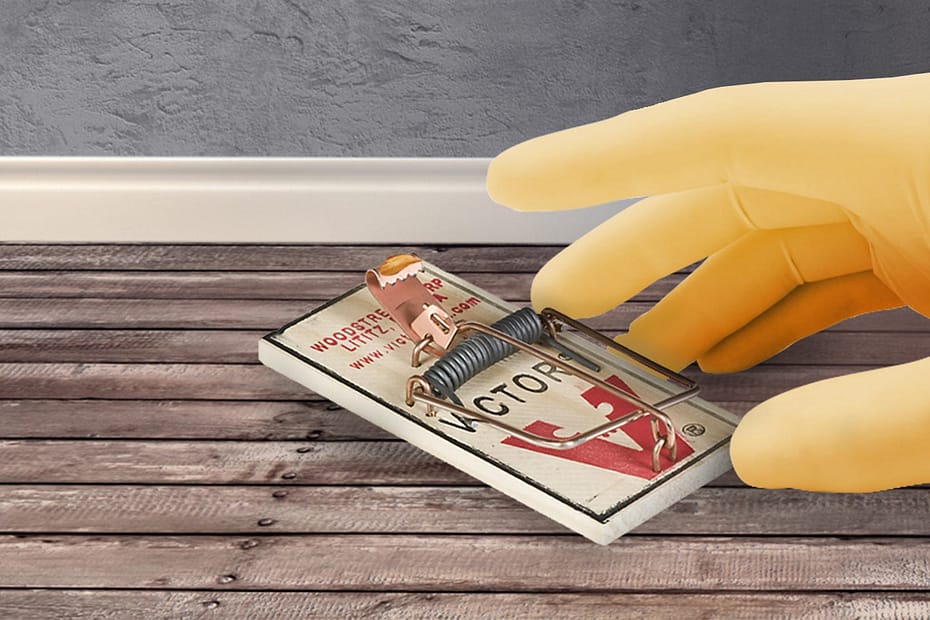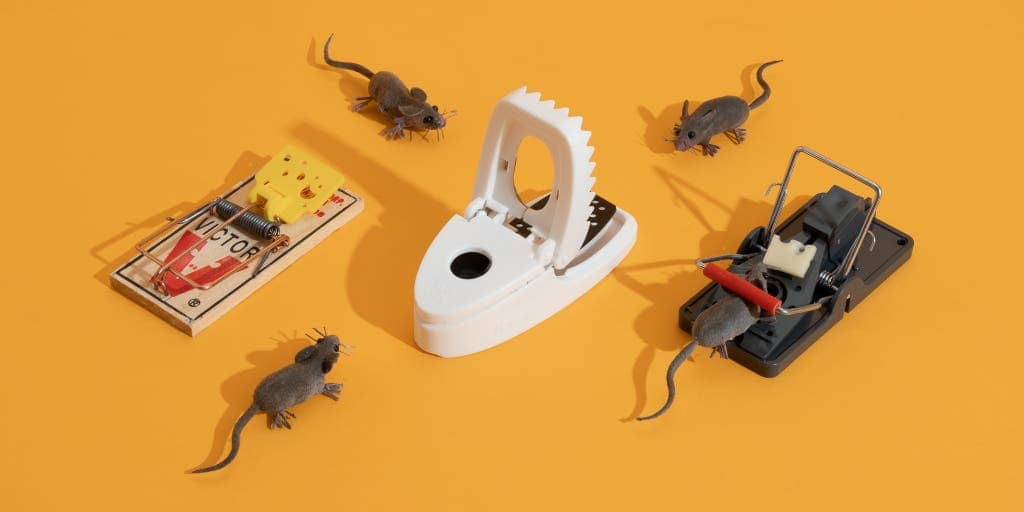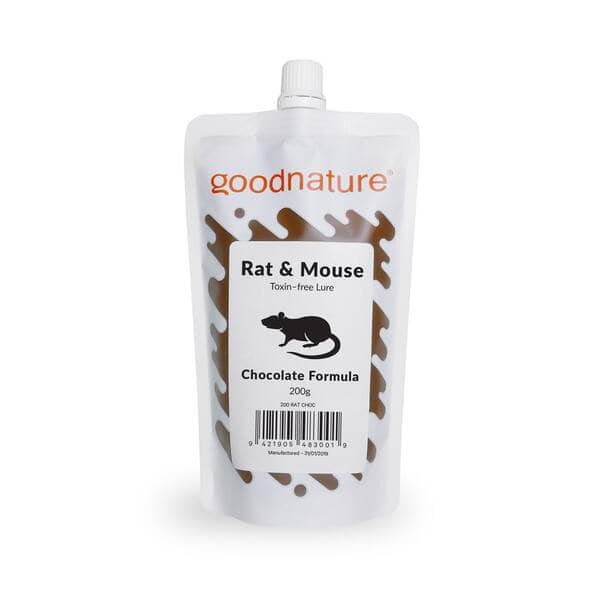To prevent mice from avoiding traps, use bait that is attractive to mice and place the traps along their usual travel routes. Additionally, seal any entry points to prevent mice from entering your home in the first place.
Finally, keep your home clean and clutter-free to discourage mice from infesting your space. We will explore these preventive measures in more detail, providing you with effective ways to keep mice out of your property and avoid the frustration of trapping them repeatedly.
By following these steps, you can create an environment that is less inviting to mice and increase the chances of successfully trapping and eliminating them.
Understanding Mice Behavior
Discover the secrets to understanding mice behavior and effectively preventing them from avoiding traps. Learn proactive strategies and practical tips to keep your home mice-free.
Mice can be a nuisance when they invade our homes, causing damage and spreading disease. To effectively prevent these critters from avoiding traps, it is crucial to understand their behavior. Here are the key factors that attract mice and the common locations where they tend to infest:
Key Factors That Attract Mice:
- Food sources: Mice are attracted to easily accessible food. They have a keen sense of smell and can locate even the smallest crumbs or leftover food. Ensure that food is stored properly in airtight containers and clean up spills promptly.
- Water availability: Just like any other living creature, mice require water to survive. Leaky pipes and standing water can be a magnet for these pests. Regularly check for and fix any plumbing issues.
- Shelter and nesting sites: Mice seek warm and cozy areas to build their nests and reproduce. Cluttered spaces, attics, basements, and wall voids provide ideal hiding spots for them. Declutter and seal off any potential entry points to discourage their presence.
Common Locations For Mice Infestations:
- Kitchen: This is a paradise for mice due to the abundance of food and potential water sources. They can easily sneak into cabinets, pantries, and behind kitchen appliances.
- Attic and crawl spaces: These areas offer ample insulation and protection, making them popular nesting sites for mice. Check for any open vents or gaps in insulation and seal them off.
- Basements and storage rooms: Dark and undisturbed areas are prime real estate for mice. Be sure to keep these areas tidy, eliminating potential hiding spots.
- Garages and sheds: Mice are opportunistic and will gladly take up residence in these areas if given the chance. Keep garage doors closed, ensure tight seals around windows and doors, and store materials off the ground.
Understanding mice behavior is the first step in effectively preventing them from avoiding traps. By addressing the key factors that attract mice and targeting common infestation locations, you can greatly reduce the risk of these unwanted guests in your home.
Remember to stay vigilant and act promptly at the first sign of an infestation to minimize potential damage and health risks.
Effective Trapping Techniques
Prevent mice from outsmarting traps with these effective techniques. Discover tips on bait placement, trap selection, and smart strategies to keep mice from avoiding your traps.
Mice can be resourceful creatures, often avoiding traps and making it difficult to control them. However, with the right techniques, you can increase your chances of successfully trapping mice and keeping them away from your home. Below are some effective trapping techniques to consider:
- Choosing the right type of trap: Selecting the proper trap is crucial to successfully catching mice. Consider the following options:
- Snap traps: Classic and reliable, snap traps are designed to quickly snap shut when a mouse triggers the bait. Look for traps with a sensitive trigger mechanism for optimal results.
- Glue traps: These traps have a sticky surface that mice get stuck to when they walk across it. Place them in areas where you’ve noticed mouse activity, but be sure to monitor them regularly to prevent unnecessary suffering.
- Electronic traps: These traps deliver a quick electric shock to quickly eliminate the mouse. They are safe to use around children and pets and offer a mess-free disposal option.
- Placing traps strategically: Proper trap placement is essential to maximize your chances of catching mice. Consider the following tips:
- Identify areas of high mouse activity, such as along walls, near food sources, or in dark corners. Place traps in these locations to increase your chances of success.
- Set traps perpendicular to walls, as mice tend to run along the edges of surfaces.
- Ensure the traps are placed securely and won’t accidentally be knocked over or triggered by other objects.
- Using bait effectively: Bait is a critical component of trapping mice. Follow these tips to attract mice effectively:
- Use peanut butter: Mice are attracted to the strong smell of peanut butter. Place a small amount on the trap’s trigger mechanism or near the trap to lure them in.
- Experiment with different types of bait: While peanut butter is often effective, mice can also be enticed by other food sources such as chocolate, bacon, or dried fruit. Test different baits to see which one works best in your specific situation.
Remember, preventing mice from avoiding traps requires patience and persistence. Be sure to regularly check and reset traps as needed to maintain a pest-free environment. By choosing the right type of trap, strategically placing them, and using bait effectively, you’ll increase your chances of successfully trapping mice and keeping them at bay.
Preventing Mice From Avoiding Traps
Learn effective strategies to prevent mice from avoiding traps. Discover tips on proper trap placement, bait selection, and creating an environment that encourages mice to take the bait and trigger the trap.
Mice can be persistent when it comes to avoiding traps, but with the right approach, you can effectively prevent them from outsmarting your trapping efforts. Here are some key strategies to consider:
Identifying Entry Points And Sealing Them:
- Conduct a thorough inspection of your home to identify any potential entry points for mice. Common areas include gaps around windows and doors, cracks in the foundation, and openings for utility lines.
- Use caulk or steel wool to seal these entry points, as mice can squeeze through even small openings.
- Pay attention to areas with pipes or wires where mice can gain access. Seal any gaps using expandable foam or wire mesh.
Maintaining Cleanliness And Sanitation:
- Keep your home clean and free from clutter, as mice are attracted to food and nesting materials.
- Store food in airtight containers, eliminating potential food sources for mice.
- Regularly clean up crumbs and spills, and empty trash cans frequently.
- Remove any piles of debris or wood that can provide shelter for mice.
Using Repellents To Deter Mice:
- Natural repellents like peppermint oil, cloves, or ammonia can be effective in deterring mice. Soak cotton balls in these repellents and place them near potential entry points or areas where mice are known to frequent.
- Ultrasonic devices emit high-frequency sounds that are unpleasant to mice and can keep them away. Place these devices in areas where mice are commonly seen.
- Consider using mouse repellent sprays or granules that create an unpleasant scent or taste for mice, deterring them from entering your home.
By following these strategies, you can greatly increase the chances of preventing mice from avoiding traps. Remember to be persistent and maintain vigilance in order to keep these unwanted guests at bay.

Credit: www.actionpest.com
Frequently Asked Questions On How To Prevent Mice From Avoiding Traps
How Do You Catch A Stubborn Mouse?
To catch a stubborn mouse, use snap traps, live traps, or glue traps strategically placed near their hiding spots.
What Attracts Mice To Traps The Most?
Mice are most attracted to traps that have a strong scent, such as food or pheromones.
Will Mice Evolve To Avoid Traps?
Mice may evolve to avoid traps over time due to their ability to adapt and learn.
Why Won’T My Mouse Eat Peanut Butter On The Trap?
The mouse may not be attracted to peanut butter on the trap for various reasons.
Conclusion
Keeping mice away from traps requires a strategic approach and understanding of their behavior. It’s essential to choose the right type of bait and trap, ensuring they’re in locations where mice are likely to travel. Setting multiple traps in various spots can increase the chances of success.
Additionally, regularly checking and refreshing the bait will help maintain its effectiveness. To optimize trap placement, identifying entry points and sealing them off is crucial, as it prevents mice from entering the property in the first place. Finally, practicing good hygiene and removing potential food sources can discourage mice from coming into your space.
By following these tips and implementing proactive measures, you can effectively prevent mice from avoiding traps and keep your home or business rodent-free. Stay vigilant, and with patience, you’ll achieve success in your pest control efforts.


